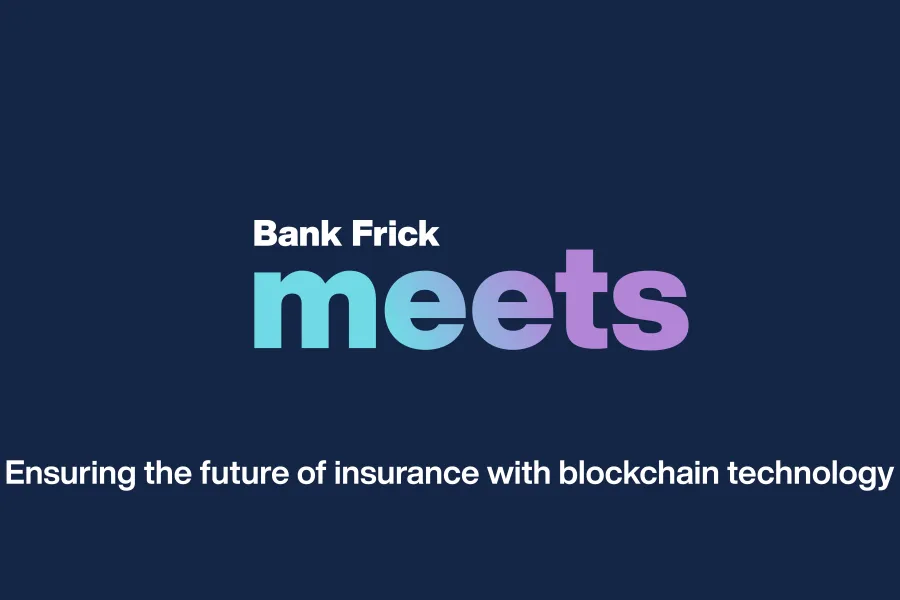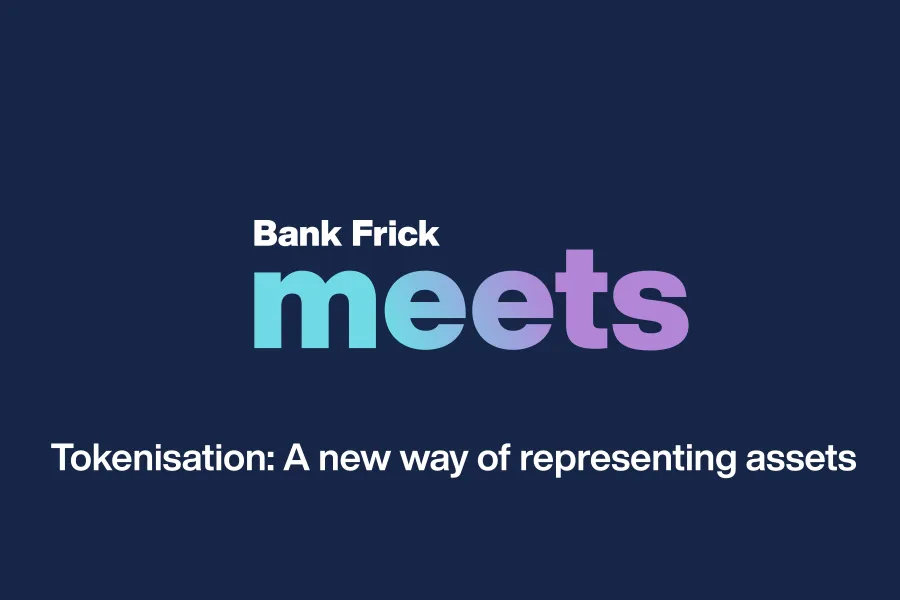Institutional investors can create added value with crowdlending
Crowdlending, which is also known as marketplace lending, has now arrived in the institutional investment sector, too. The returns that can be achieved with this alternative form of investment are often significantly higher than those of traditional investments. Risks can be effectively reduced by means of broad diversification and price development has hardly any correlation with the safe custody account assets, which can usually be found on a list of assets.
The right platform
Although the crowdlending platforms may seem similar at first glance, the way they function can differ greatly. Whereas some providers increase risk diversification with additional features, such as a joint and several liability clause between the investors, other platforms offer isolated participation in individual receivables. It is important to get an idea of the platform operator’s key figures at the start of the selection process. This includes not only the financial figures of the operator itself, but also the key figures on loans paid out to date, rejection rates, average loan amounts and historic default rates. Since many providers have only entered the market in the recent past and do not have a long company history, it is also essential to talk to the management in person.
Crowdlending via structured, regulated products
A matter of interest for future investors is how the sourcing process works on both sides – in other words, how the lender and borrower find their way to the platform and ultimately ensure market liquidity. Product manufacturers and future investors want to be sure not only that there will be a sufficient volume of applications available for investment but also that they will have the option of prematurely terminating a current loan receivable.
For the crowdlending platforms, the route to institutional investors such as pension funds, insurance companies and family offices is almost exclusively via structured and regulated investment products.
Not all A ratings are equal
A key point to check is the scoring. Every borrower is given a risk classification which ultimately determines the overall risk and the target return within a product. Product manufacturers and future investors must ensure that they understand the risks of the individual rating classes by carefully studying the scoring methodology. This is all the more important because every platform uses its own scoring models, meaning that they are only comparable to a limited extent.
Earnings forecasts through geographic focus
A factor which has a big influence on crowdlending’s attractiveness as an asset class is the geographic zones in which the platform awards the financing. Measurable payment habits in both the private and SME sectors can vary considerably from one country to the next. With that in mind, it is definitely important to choose an operator that has a specific geographic focus so as to be able to make earnings forecasts that are as accurate as possible.
Monitoring and rating the product
When it comes to the continuous monitoring and rating of the product, the manufacturer has to rely on the ongoing supply of data via the credit portfolio. Payment delays and even defaults can have a major impact on the return from a product and must be identified in good time. Accordingly, the platform must be technically capable of providing both standardised reports and reports that are tailored to the product manufacturers’ specific needs.
A win-win situation
In addition to returns, another argument that product manufacturers can offer vis-à-vis investors is convenience. All payment flows, such as interest payments and repayments, are automatically executed via their bank account, key investor notifications are communicated via their principal bank and the product is shown, as usual, as a depositable security in the client portfolio. If product manufacturers take care to choose the right platform and understand the essential processes involved in crowdlending, they can create added value both for themselves and for their customers.
Share post

Related Posts

How Blockchain Enables Transparency and Efficiency
Blockchain technology, first demonstrated in 2010 through a historic Bitcoin transaction, has evolved far beyond cryptocurrencies, offering solutions for transparency, efficiency, and decentralization across industries. Its core principles—decentralization, transparency, and immutability—enable secure, peer-to-peer transactions without intermediaries. Innovations like Ethereum's smart contracts have expanded blockchain's capabilities, impacting supply chains, automation, and governance.
Despite concerns about energy use, modern blockchains are increasingly energy-efficient, and misconceptions about complexity or security often stem from misunderstandings. For nonprofits, blockchain offers transformative potential: donations can be transferred quickly, cost-effectively, and transparently, ensuring more funds reach beneficiaries while improving accountability and impact measurement.
As blockchain reshapes societal structures and trust, it presents nonprofits with powerful tools to amplify their impact. Organizations willing to embrace this innovation will be well-positioned to drive meaningful change in an interconnected digital world.

Insights into the process of designing AMCs
Since their introduction, Actively Managed Certificates (AMCs) have become a significant component of the European financial market. As a structured product, legally classified as debt securities, they hold a counterparty risk for the investor that is comparable with other structured financial products. AMCs are securitised, which gives the holder the right to cash repayment or the delivery of an underlying asset. As the buyer, the investor becomes a creditor of the issuer and thus dependent in terms of the type and amount of repayment, which is subject to different parameters.

Direct market access – efficient trade execution for fund strategies
Liechtenstein has a long-standing tradition in the fields of banking and asset management. Since joining the EEA in 1995, Liechtenstein’s financial centre has established itself as a professional point of reference for promoters of collective investment vehicles on the European financial market.

Ensuring the future of insurance with blockchain technology
The insurance market is an essential part of the global economy, covering both personal and business risks. Thus, it is no wonder that it is one of the largest industries in the world, boasting an estimated value of about USD 5 trillion and employing about 2.7 million people across the globe. Out of USD 5 trillion, around USD 3.7 trillion makes up the value of the global life insurance market, while the value of the property and casualty insurance market carries a value of USD 1.3 trillion.

Tokenisation: A new way of representing assets
Ever since the dawn of time, human beings have hunted and gathered, collecting the things they discovered and making them their own. This was when the concept of ownable assets first emerged, albeit in rudimentary form. Since then, assets have evolved and become more complex as humans have found more reliable ways to connect assets to people. Today, people enter into legal contracts when transferring assets.

Blockchain: A technology with social impact
Foundational technology is the most effective tool for impacting society at large and solving the challenges it is faced with. One such foundational institutional technology is the blockchain, which entered the picture through the discovery of Bitcoin in 2009 and has since proliferated and emerged in many different forms.
What does blockchain’s social impact look like?

How blockchain technology protects us from bad actors in our digital future
The blockchain industry has experienced significant growth in the last couple of years as one unicorn after another sprouts from the soil that grows crypto start-ups. In this new series of blog posts and webinars, we take a closer look at the technology and explore why it is so successful and why everybody is talking about it. We also look beyond the speculative aspect that blockchain is so frequently associated with and focus on the real-world problems that the technology is poised to solve.

Wie klassische Finanzintermediäre in der Krypto- und Blockchain-Welt Fuss fassen können
Mit zunehmender Selbstverständlichkeit fragen immer mehr Kunden nach Dienstleistungen rund um Kryptowährungen. Für Finanzintermediäre eröffnet diese Nachfrage neue Geschäftsmöglichkeiten. Um das Potenzial heben zu können, müssen die Akteure aber auch das Spezialwissen zur Verfügung haben.

Blockchain technology reinvents correspondent banking – just not yet
As one of its major use cases, blockchain technology is said to transform traditional correspondent banking. So far major challenges have pushed back this transformation. It is more likely than ever that with central bank digital currencies on the horizon; blockchain disruption will finally come to fruition in the realm of cross-border banking.

Turning crypto investment into an earning asset
With Ethereum upgrading to Proof of Stake, the crypto world is going through one of its most transformative shifts to date. This means that customers will soon be able to earn interest on their digital asset holdings through a process called staking. What staking is, how it will define the future of Ethereum and digital asset custody at large is explained in this article.